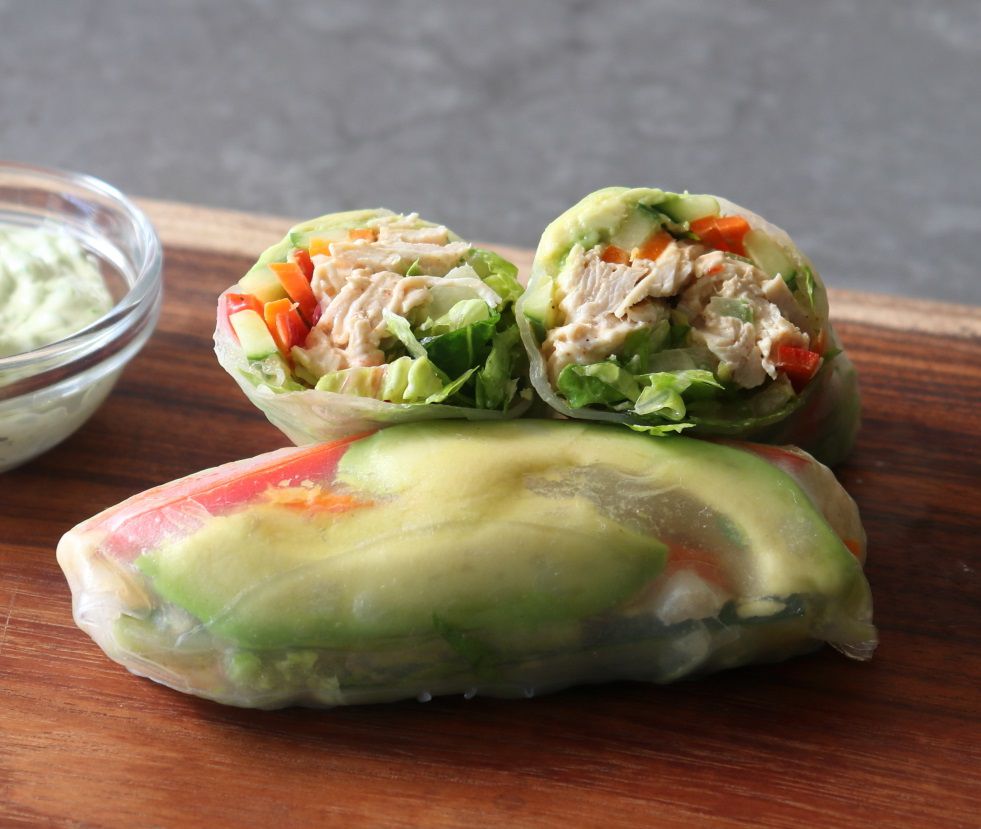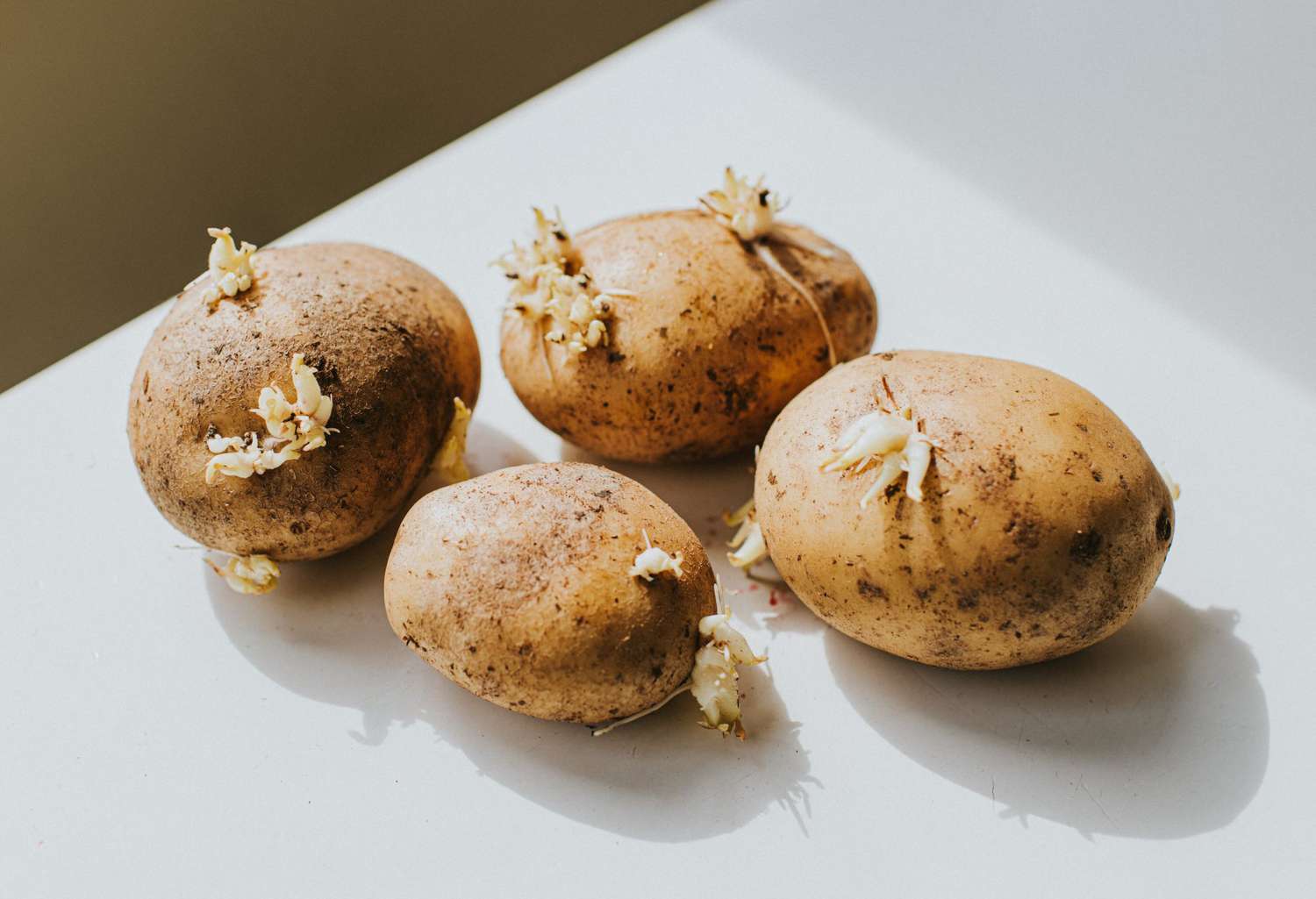Homemade enchiladas are a delicious weeknight meal that everyone is sure to love. As comfort food goes, enchiladas are great because they are so versatile. You can use chicken, beef, or a classic cheese and it’s one of the easiest Tex-Mex cuisines to make. Yet, while they can be easy to make, a minor mistake can turn your enchiladas into a soggy, broken mess.
How to Make Enchiladas: What Not to Do
Before you start rolling up your tortillas, check out this list of common mistakes and how to fix them so you can make the perfect enchiladas every time.
1. Choosing the Wrong Tortillas
There are two basic types of tortillas: corn or flour. While some recipes use flour tortillas, corn tortillas are traditional — and for good reason — are the better option for enchiladas. Corn tortillas have a distinct flavor that plays a key part of the enchilada experience, compared to flour tortillas, which are more like a blank slate. Corn tortillas can also maintain their structure when rolled, so you won’t have broken or seeping enchiladas.

DOTDASH MEREDITH FOOD STUDIOS
2. Not Frying the Tortillas
To prevent your tortillas from tearing or becoming soggy, quickly fry each corn tortilla in any oil you like for about 10 seconds on each side, until it starts to get crispy but is still pliable. This will add a barrier that will keep the tortilla from absorbing too much sauce, and also adds a little extra flavor. After you remove it from the oil, place the tortilla on a paper towel to absorb the excess oil — this will ensure the tortillas aren’t greasy.

DOTDASH MEREDITH FOOD STUDIOS
3. Using Canned Enchilada Sauce
Canned enchilada sauce is easy to use in a pinch, but for best results use homemade enchilada sauce. If you’re making enchilada sauce from scratch, you have three options: red, green, and brown. Red sauce is typically made with tomato sauce and chili powder, while green sauce is made with green chiles. Brown sauce is a Tex-Mex enchilada chili gravy that is a fusion of brown gravy and chili sauce.
While enchilada sauce is easy to make from scratch, if you want to use canned sauce there are tricks to make it taste better. Combine 1 tablespoon unsalted butter, 1 tablespoon all-purpose flour, 1 can of red enchilada sauce, 1 cup chicken broth, ½ teaspoon kosher salt, and ¼ teaspoon black pepper in a saucepan over medium-high heat. Bring to a boil, stirring occasionally, and simmer until sauce is thick. This method can be quicker than making a homemade sauce and it doesn’t skimp on flavor.

4. Not Dipping the Tortillas in Sauce
After you fry and drain the tortilla, dip both sides into your enchilada sauce to coat the entire tortilla. Dipping your tortillas in sauce will ensure even distribution — and means you can use less sauce on the bottom of the baking dish, which will prevent them from getting soggy.

5. Overstuffing the Tortillas
The filling is the best part of an enchilada, but don’t go overboard when you’re stuffing them. You can use any filling you like, such as chicken, beef, vegetables, and cheese, but if you add too much you can rip the tortillas and have seepage. Fill your tortillas with about 2 or 3 tablespoons of filling.

SunnyDaysNora
6. Adding Too Much Sauce
Most people drown their enchiladas in sauce before putting them in the oven, but that’s the number one cause of soggy enchiladas. Because you’ve already coated your tortillas in the sauce, they won’t need that much more. Spread about 1 cup of sauce on the bottom of the baking dish to prevent sticking and to fully saturate the enchiladas. Once the tortillas are stuffed and rolled, place them in the dish with the seam side down. Top with cheese and 2 to 3 cups of sauce. Follow recipe directions to bake the enchiladas, and enjoy!
Related:
- How to Make the Best Enchiladas
- 12 Green Enchilada Recipes to Spice Up Your Dinner Routine
- More Enchilada Recipes




